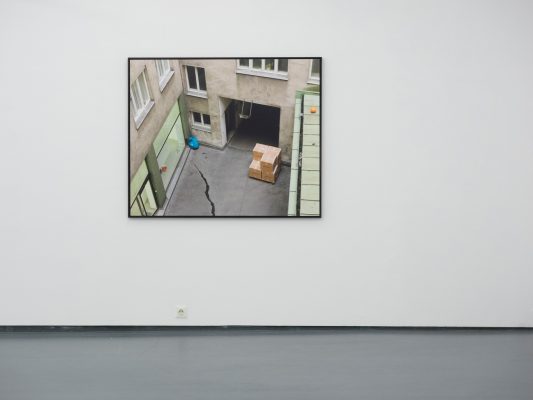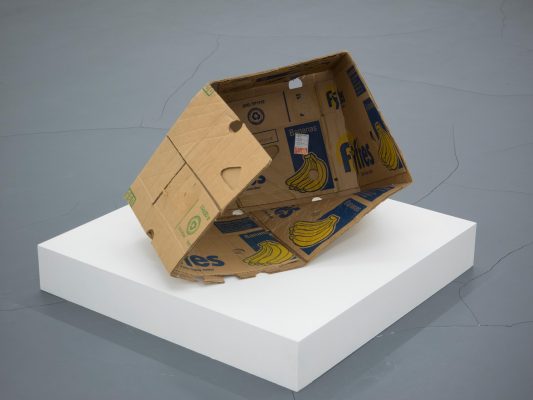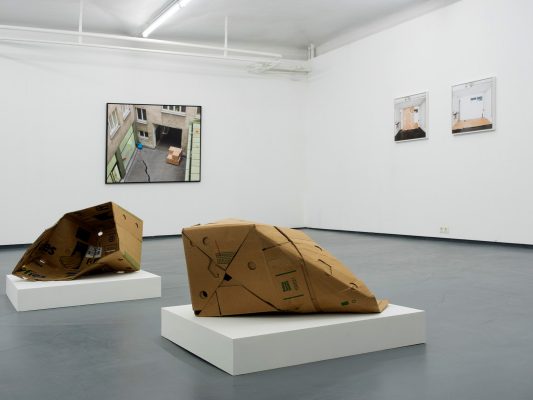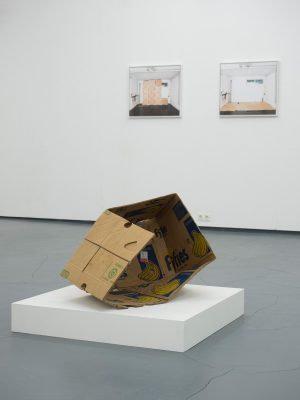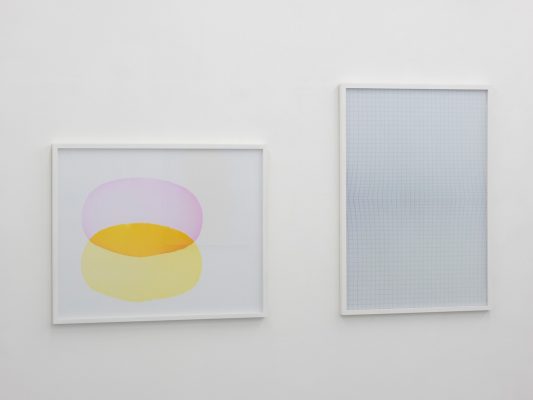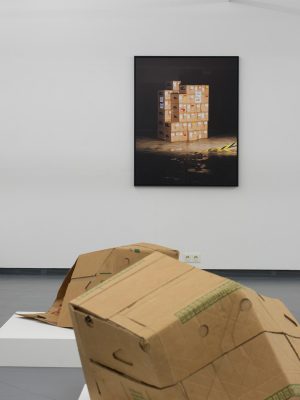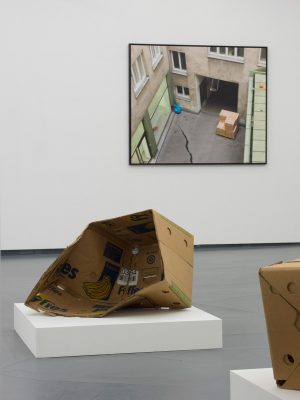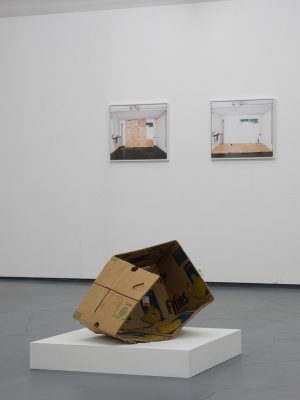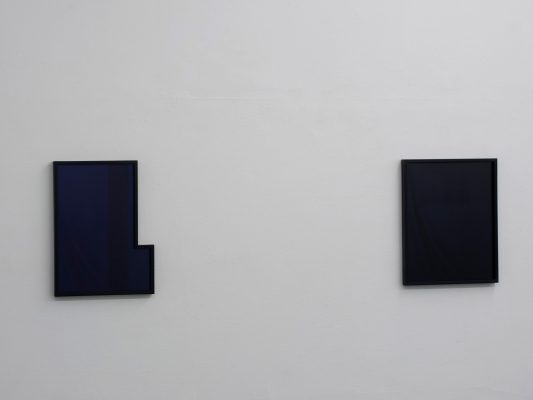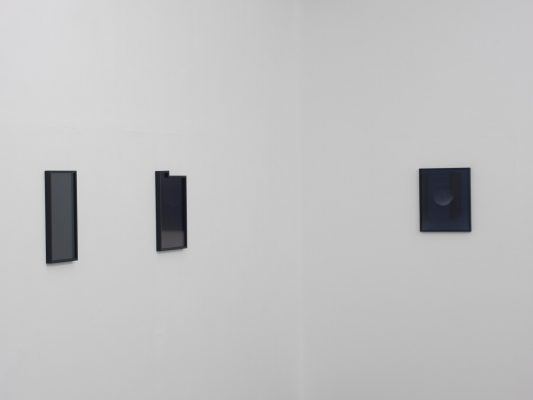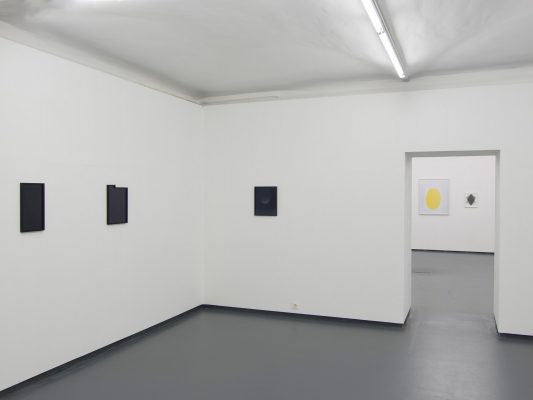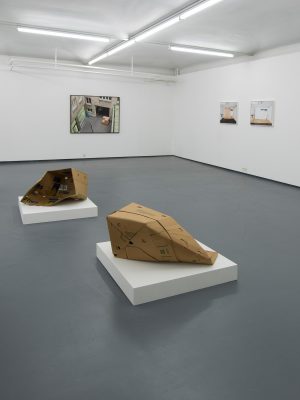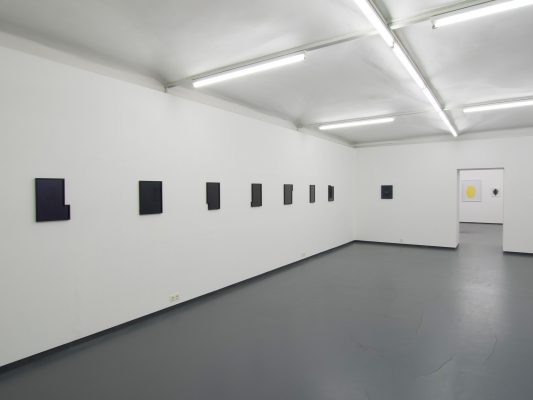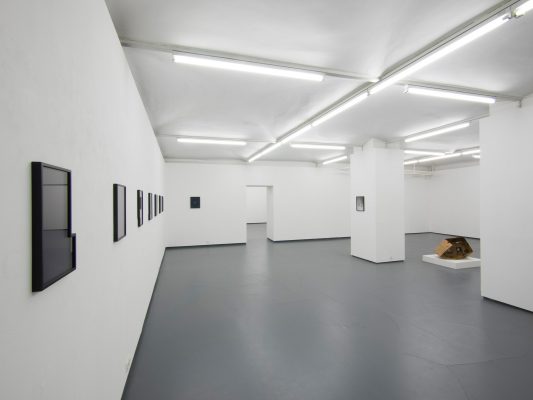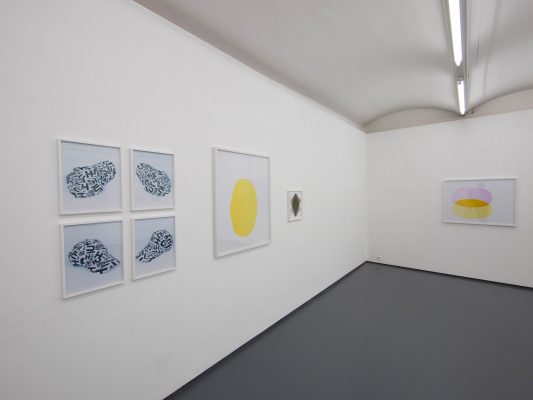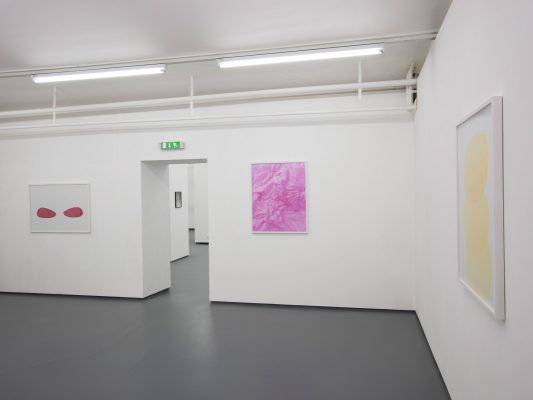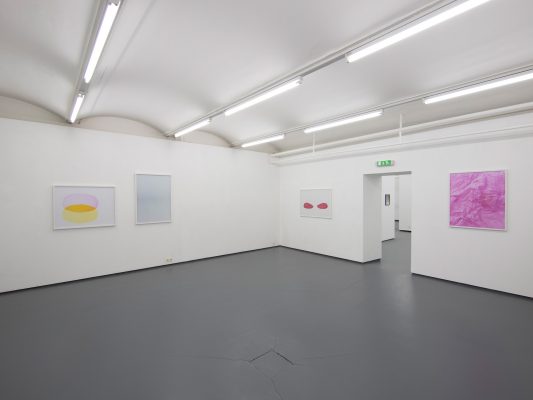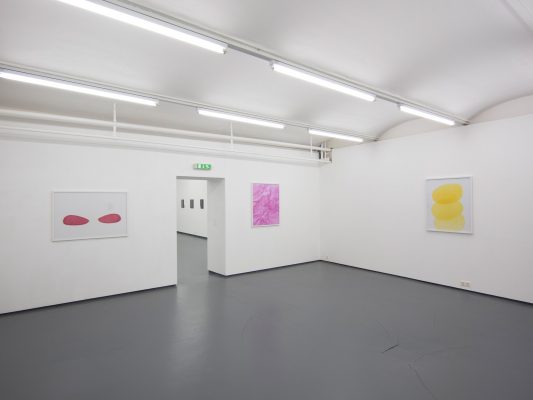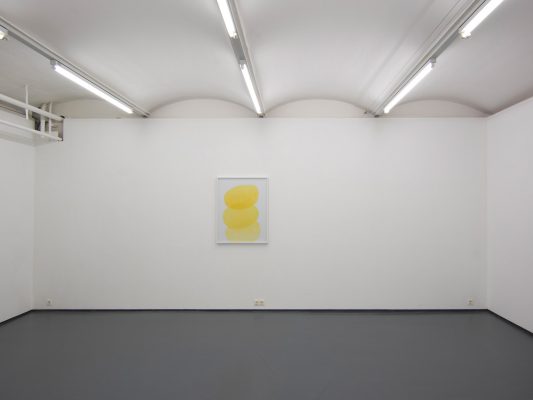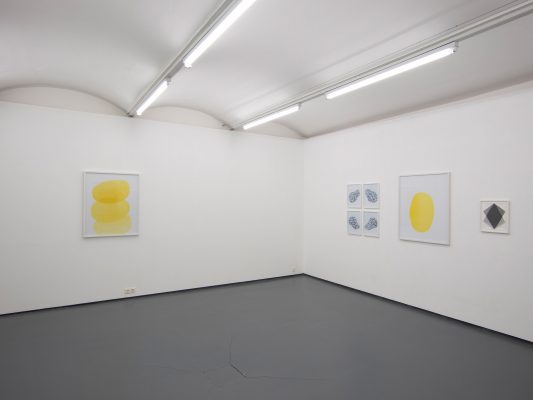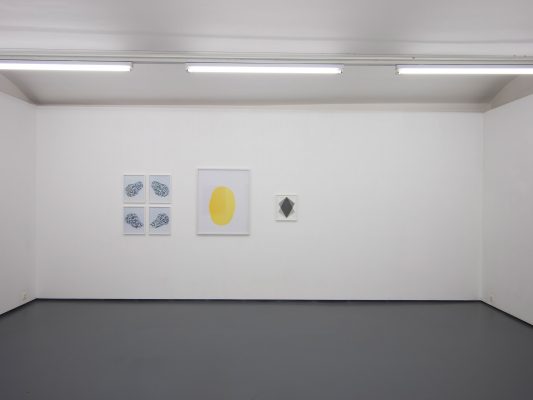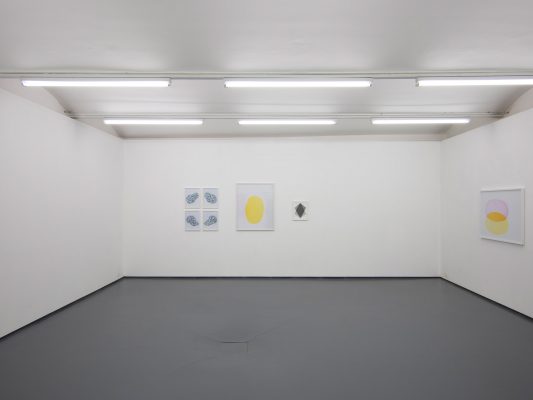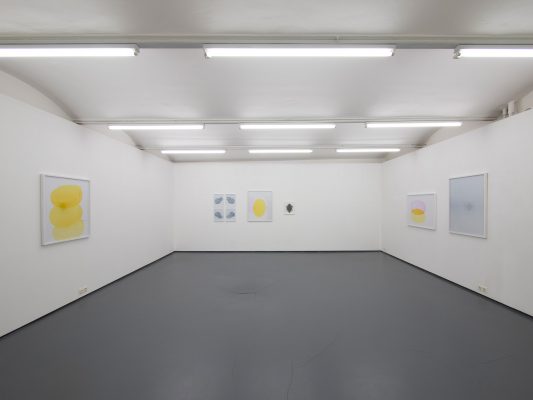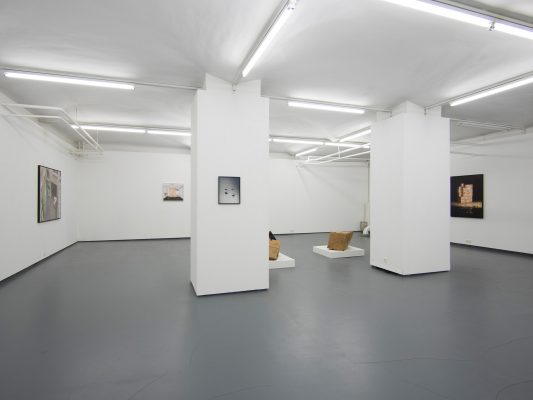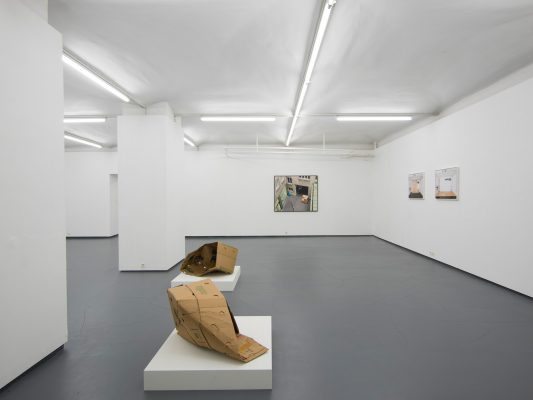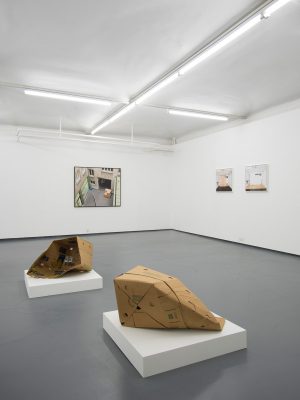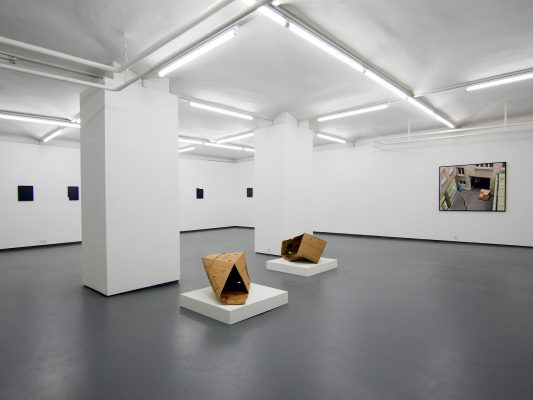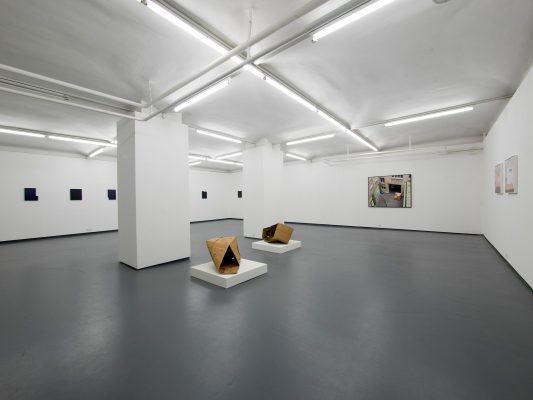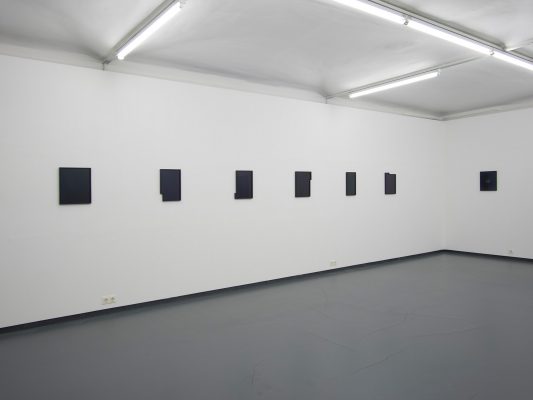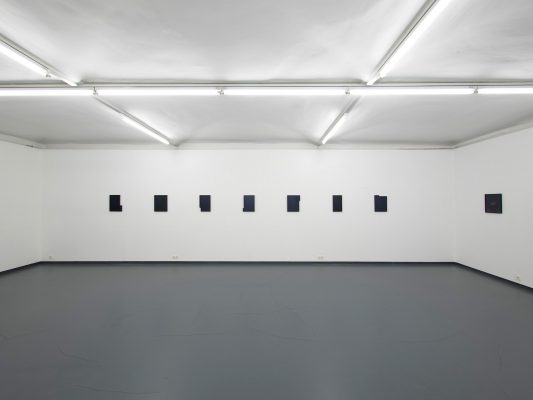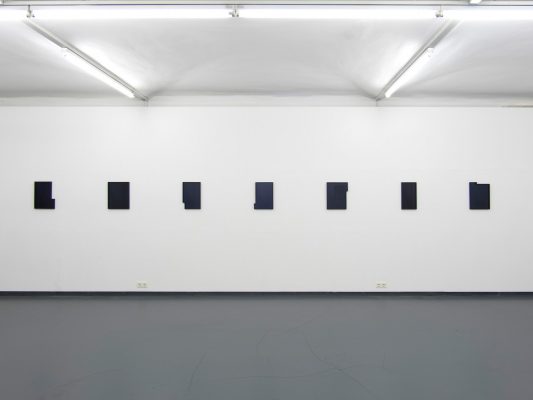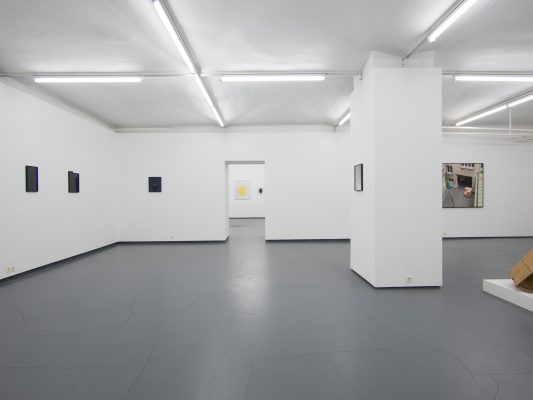Opening: Monday, 11 November at 7 p.m.
Introduction: Petra Noll
The work of three artists who are all concerned with the relationship of object, space and photography will be presented in this exhibition. Everyday or exquisite objects are specially arranged (or staged) in front of the camera using either minimal intervention or a complex choreography. This raises the question as to whether the concept of sculpture/object can be expanded by photography. The “loss” of corporeality and haptic feedback involved in transferring it to a photographic image is a reductive act which emphasises the sculptures qualities in a marked way. Fixing the removal of the object from its original context and its inherent substantive specificity in a photograph leads to the essence of things. A tension is created that challenges our imagination in relation to new narrative potential. Alongside these substantive aspects the artists are concerned with formal and aesthetic reflections and with the relationship between perception, visibility and reality vis-à-vis space, object and image.
Tobias Pilz’s large format photographs are based on staging objects in urban space where, Komma weg they are intended to interact with each other and the architecture. In the FOTOGALERIE WIEN he is showing photographs of staged installations of cardboard boxes in both interior and exterior spaces. For the photo Bauernmarkt he focussed on a palette of stacked and closed cardboard boxes, setting visual accents with additional intensely coloured objects. In these scenarios he plays with possible functionality and aesthetic reflection. In this way the cardboard boxes are recontextualised. Because of the uncertainty of, for instance, purpose, contents and provenance of the boxes, a situation is created which is suffused with tension. This, in turn, makes space for new ascriptions. Pilz refers to this as the performative quality of the object.
For Anja Ronacher photographing staged objects means, first and foremost, engaging with form and material. This assumes a new dimension by being transferred to a photograph. In the first instance, by photographing an object distance is created. In the Form series – images of fabric folds – the flowing physicality and soft tactility of the material is transformed into a sleek photographic surface. Other conditions become visible through this abstraction too: the images of folds stimulate our imagination with regard to the “real” fold (Gabriel Ramin Schor called this “Plimagination”). In the series MuseumsObjekte Anja Ronacher photographed archaeological museumobjects, things which were originally made for quite different purposes than museum presentation. Here, distance opens up on two levels: the disassociated presentation in or behind glass as well as that which becomes operative through photography. One is able to see into the essence of the things, an intensive engagement with their function, aesthetics and context as well as with our way of dealing with them too.
Stefanie Seufert stages objects of very differing kinds – from fir trees and potato crisps to shoulder pads. The staging she carries out is exclusively for her photographs and executed by precisely arranging the objects against a white background, thus disassociating it from any spatial referents in the photograph. Due to this “ruthless” presentation the objects disclose everything about themselves which creates a leaching away of meaning. This reduces them to pure form and stimulates new narrative approaches and reflections about the objects themselves, the relationship of object and space, form and surface, reality and fiction and the essence of pictures. For the show in the FOTOGALERIE WIEN, Stefanie Seufert will be creating associative links between the photographs.
